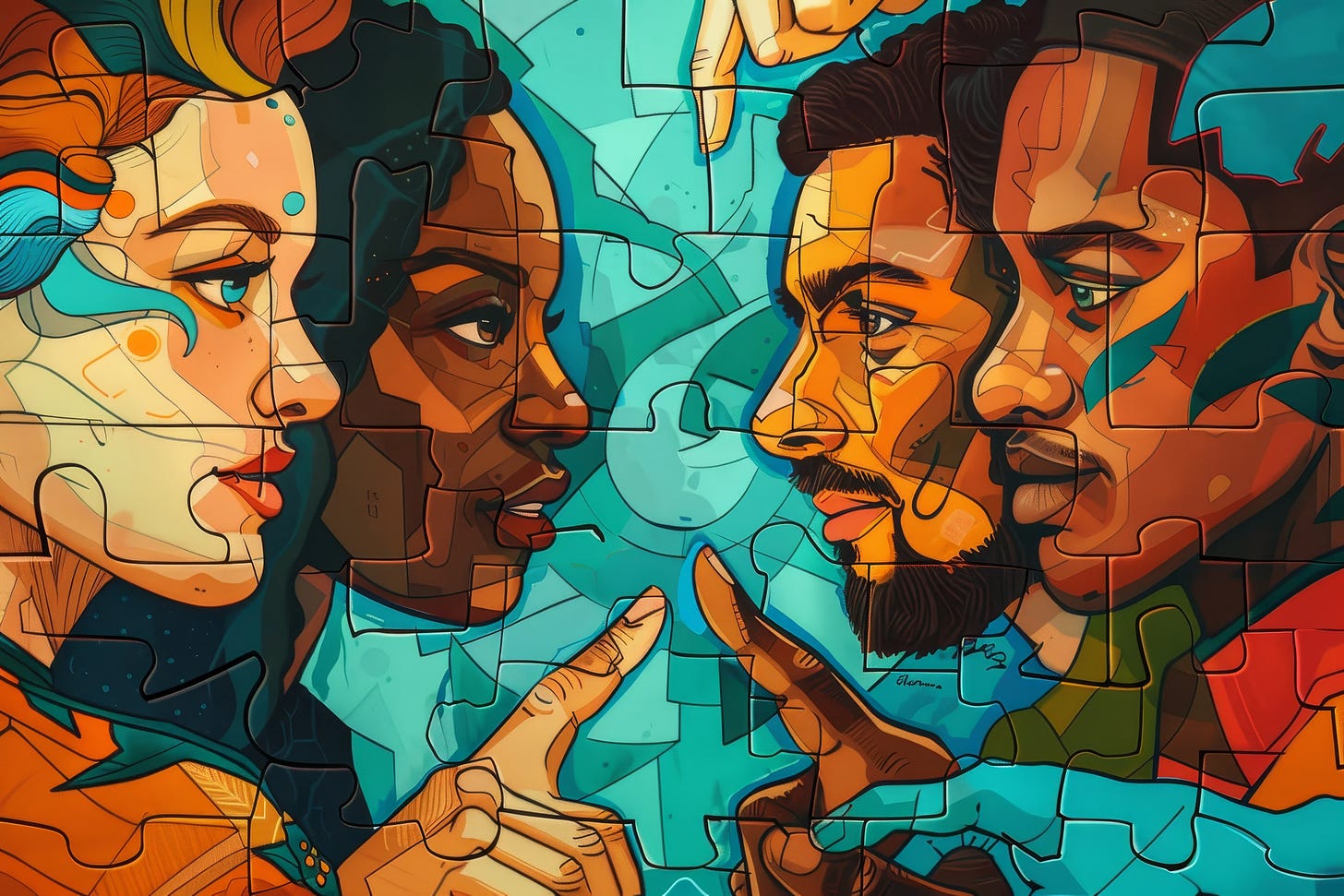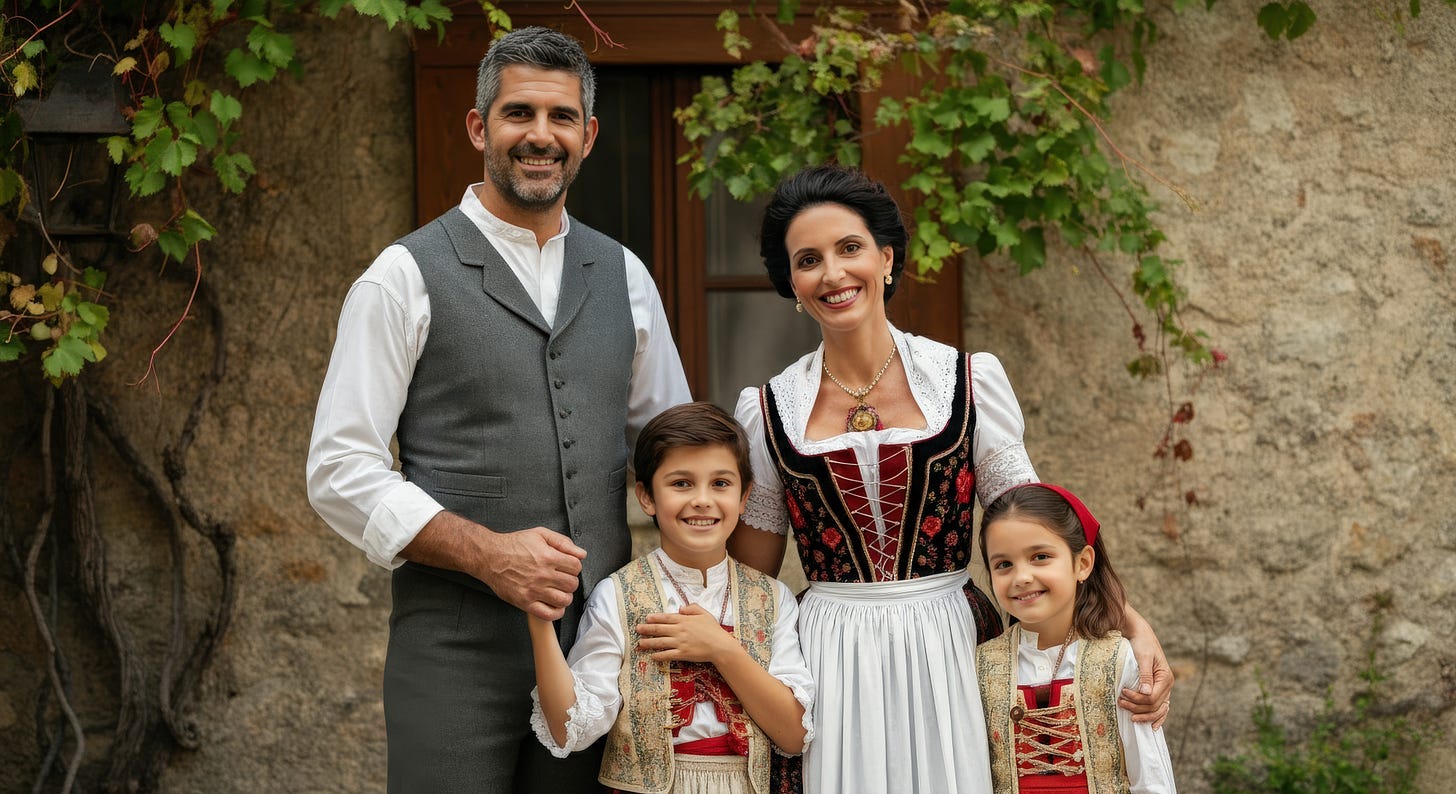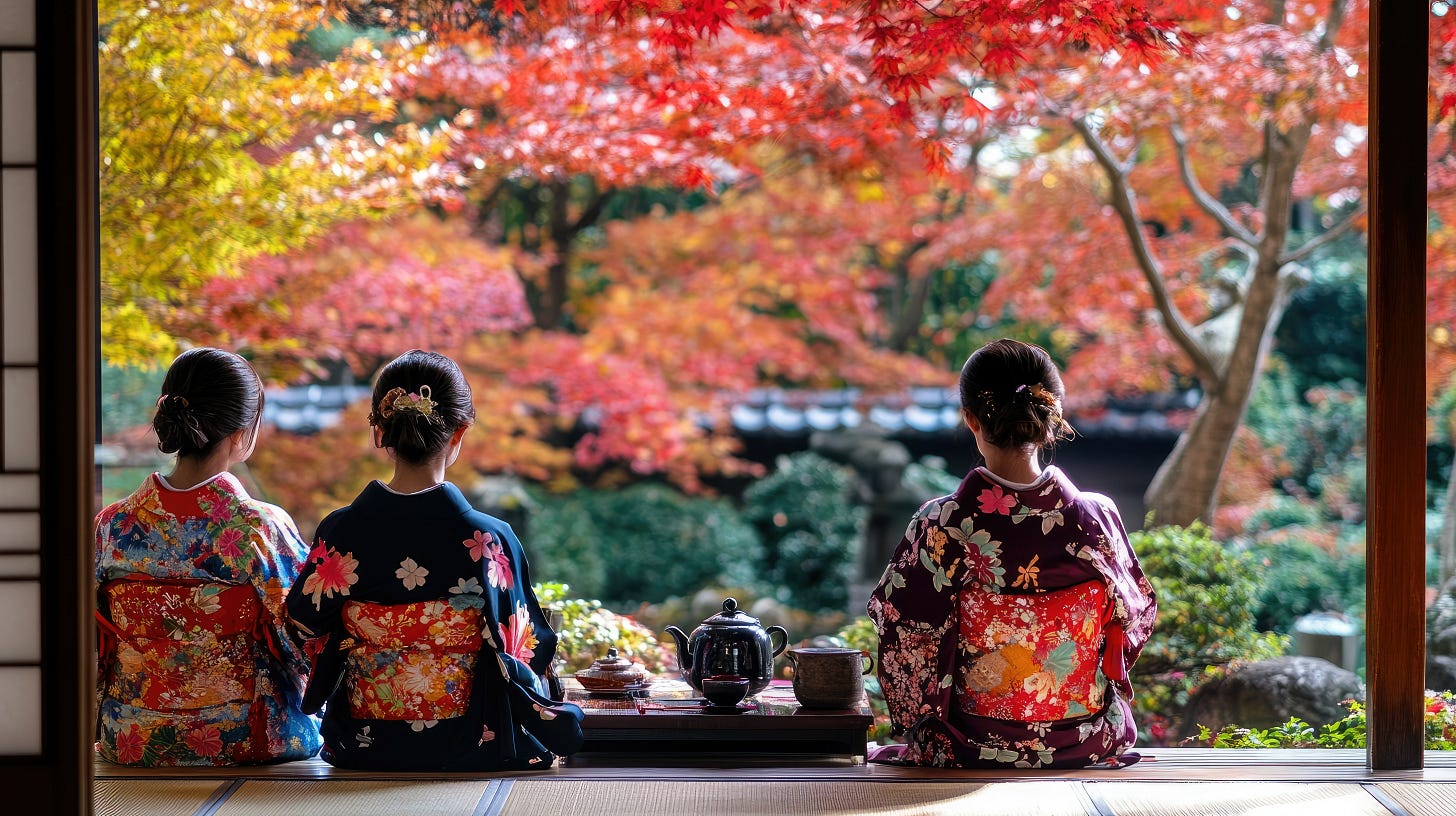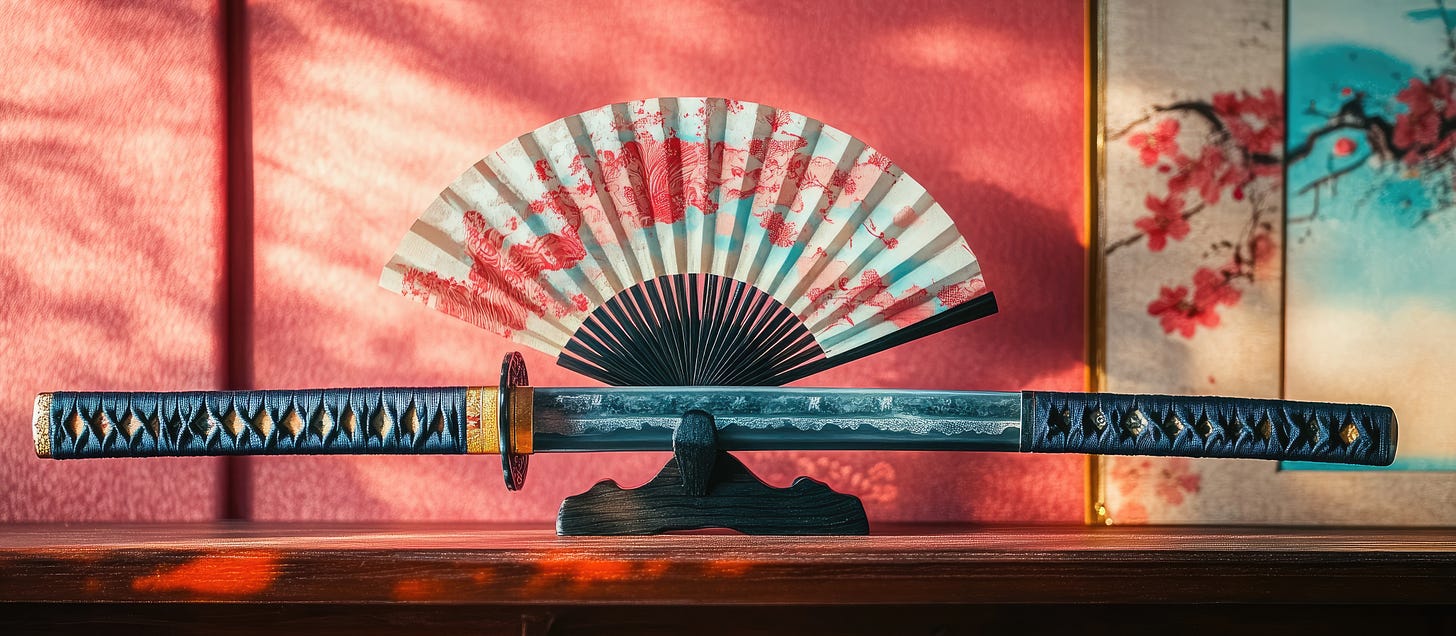
I'm quite certain that most of us are fully aware we’re living in an era where globalization is reshaping societies at an unprecedented pace. But what about preserving the unique culture of each country? What about the shared beliefs, traditions, languages, and practices that define a community and offer a sense of belonging and continuity?
The homogenizing forces of globalization, driven by global media, trade, and technology, pose a serious threat to these unique cultural traits. These are the very challenges globalization presents to cultural identity.
So, what can we do to preserve our cultural heritage? We must find a way to balance tradition with modernity, and we need to do it now more than ever.
Challenges to Cultural Identity

It’s true that globalization encourages connectivity, and that’s undeniably a positive thing, right? You might be sitting anywhere in the world right now, reading this article, which I wrote on my computer in Ireland, in my office, using digital tools to instantly access information from across the globe. This wouldn’t have been possible a few decades ago. I would have had to go to libraries, read books, take notes, and summarize everything by hand.
But what we often overlook is that globalization also leads to cultural homogenization, where dominant global cultures, overshadow local traditions. We see how the spread of global media and consumer culture promotes standardized lifestyles, gradually marginalizing unique cultural expressions. You only have to travel through Europe, and you'll notice this shift: moving from Germany to France, Austria, or Greece and Italy, feels increasingly similar. The same shops, the same habits, the same brands dominate the landscape. The only differences that remain are the languages, and thankfully, the architecture in traditional villages and historic town centres.
I won’t even get started on the issue of illegal immigration, now rebranded as the carefully framed term ‘international protection applicants,’ and the mess it’s already starting to cause.
The prevalence of global brands and entertainment is reducing the visibility of local customs, as communities are indirectly or directly forced to adapt to global norms in pursuit of economic or social acceptance. But this push toward conformity can be especially stark in areas under economic strain. In many cases, development is prioritized over cultural preservation, and traditional practices are seen as obstacles to progress. Look at the rapidly urbanizing regions, and you will see how modernization displaces long-standing customs.
Naturally, over time, this homogenization results to the loss of traditional knowledge and languages, and what a serious threat is that to the rich diversity of human heritage! As younger generations become immersed in global education systems and dominant languages, indigenous tongues and skills that once withstood the test of time, now face extinction.
Moreover, the pressure to assimilate into dominant cultures significantly affects diaspora and minority communities. Second- and third-generation immigrants, for instance, can feel torn between their ancestral roots and the prevailing culture of the society they live in. What many do not realize is that this tension can lead to identity confusion, marginalization, and in many cases, lower self-esteem or mental health challenges!
How Can we Preserver our Cultural Identity

These are challenges that communities around the world are working to address by employing diverse strategies to preserve their cultural identities. These efforts draw on education, policy-making, community engagement, and technology to ensure that cultural heritage endures.
Yes, modernization is essential, but we must also ensure that we don’t lose the wisdom that has been shaped over thousands of years. We need to embrace the positives, discard the negatives, and evolve thoughtfully.
Cultural education is a cornerstone of preservation. Why not integrate traditional arts, languages, and histories into school curricula and community programs? How about not rewriting history to fit modern narratives and progressive ideologies? Societies can foster pride and awareness among younger generations by embracing their cultural roots.
For example, teaching indigenous languages alongside global ones helps maintain linguistic diversity. We should also promote more community workshops and cultural festivals to strengthen these efforts by engaging people of all ages in celebrating and preserving their heritage.
Government policies should play a critical role in safeguarding cultural identity. But we all know the state of governments today. In Ireland, for example, there are now efforts that seem to undermine the Irish language - something the British (no offense here) already tried to do in the 18th and 19th centuries. Sadly, it appears that today’s incompetent governments might end up finishing what colonial policies once started.
On the positive side, there are international frameworks that support cultural preservation. The 1972 UNESCO World Heritage Convention encourages nations to protect cultural and natural heritage, leading to the designation of World Heritage Sites. Similarly, the 1992 European Charter for Regional or Minority Languages promotes the protection and use of minority languages. And the United Nations Declaration on the Rights of Indigenous Peoples empowers indigenous communities to uphold and maintain their cultural traditions and practices.
Community initiatives and grassroots efforts are vital for cultural preservation. Local communities, let’s organize festivals, craft workshops, and storytelling events to keep traditions alive. There are so many wonderful customs in every single country. Taking such initiatives not only helps preserve cultural practices but also strengthens community bonds.
Today, technology offers powerful tools for preserving and sharing cultural identity. Digital archiving projects, like the Maori Digital Archive in New Zealand or the Smithsonian’s National Museum of the American Indian, that help safeguard cultural artifacts and languages for future generations.
Virtual reality (VR) and augmented reality (AR) also provide immersive experiences that allow global audiences to explore cultural sites and traditions. We do this at Ancient Origins, where our audience can engage with ancient civilizations and monuments through VR and AR technologies.
And then there’s social media, a tool that should be used more meaningfully.
Instead of endless clips of people dancing the latest APT trend in various locations, why not use these platforms to share stories, music, art, and cultural knowledge that truly enrich and connect us?
Case Study: Japan’s Balance of Tradition and Modernity

Japan exemplifies how a nation can preserve its cultural identity while engaging with globalization. The Japanese government supports traditional arts through designations like “intangible cultural property” and honours artists as “living national treasures.” Efforts to preserve indigenous cultures, such as the Ainu and Ryūkyūan peoples, include a 2019 act recognizing the Ainu as indigenous and supporting their language and practices, which are critically endangered.
Japan’s 47 prefectures maintain distinct regional identities through local cuisine, dialects, and crafts, fostering pride in “kenminsei” over a monolithic national identity. Historical cities like Kyōto and Nara preserve architectural heritage, blending modern developments with traditional structures. Education, highly valued in Japan, reinforces cultural continuity, with 62% of 25-34-year-olds holding tertiary degrees, often including studies in traditional arts.
And yet, Japan faces challenges from globalization. Rapid economic growth and urbanization have driven a rise in individualism, conflicting with its traditionally collectivist culture. From 1947 to 2015, the divorce rate increased from 8.5 to 35.6 per 100 marriages, and household size decreased from 5 to 2.5, reflecting individualistic trends. The use of unique names for children and pets, alongside the growing frequency of words like “individual” in newspapers, further indicates this shift. These changes create tensions in interpersonal relationships and well-being, as Japanese society navigates the ambivalence of embracing individual freedom while valuing collective harmony.
Global Perspectives and Opportunities
Beyond Japan, there are some global efforts highlight the potential for cultural preservation. Non-governmental organizations such as the Cultural Survival advocate for indigenous rights, globalized the movement to protect native cultures. Technology continues to evolve, with AI and 3D technologies enhancing preservation efforts. For example, AI-driven restoration projects and 3D scanning preserve artifacts and sites, while metaverse applications offer virtual access to cultural heritage. And although I'm not a fan of 'virtual worlds,' in this context, they may actually offer a positive perspective.
Of course, we shouldn’t overlook the fact that globalization also presents opportunities for genuine cultural exchange, and not cultural takeover.
The spread of Japanese popular culture like manga, anime, and sushi, demonstrates how local cultures can gain global prominence, reinforcing identity through international appreciation. Similarly, social media allows diaspora communities to connect, share, and reinterpret their heritage, creating hybrid cultural forms that blend tradition with modernity.
Conclusion

Preserving cultural identity in a globalized world is a complex but entirely achievable goal. While it’s true that globalization brings risks such as homogenization and cultural loss, it also provides valuable platforms for sharing and celebrating diversity.
Can we stop globalization? Probably not. But can we guide it in the right direction? Absolutely! By implementing strategies that combine education, policy, community engagement, and technology, we can equip ourselves with the tools needed to safeguard cultural heritage.
Japan’s experience highlights the importance of proactive measures and the delicate balance between honouring tradition and embracing global influence.
It is our collective responsibility to cultivate both local pride and global connectivity, ensuring that each nation’s unique cultural identity endures — enriching the global mosaic of civilizations for generations to come.


https://thehiddenclinic.substack.com/p/the-echo-and-the-root
The man who never leaves his street
does not echo—
he roots the street,
he holds the beat.